Yashica D is an older film camera from a Japanese manufacturer. The company released the model between the years 1949 – 2005. Now, the camera is booming among photographers again. Its vintage feeling and touch of the old era can be attractive to many contemporary visual artists. Yashica D photos recall the times when preparing every shot was a must.
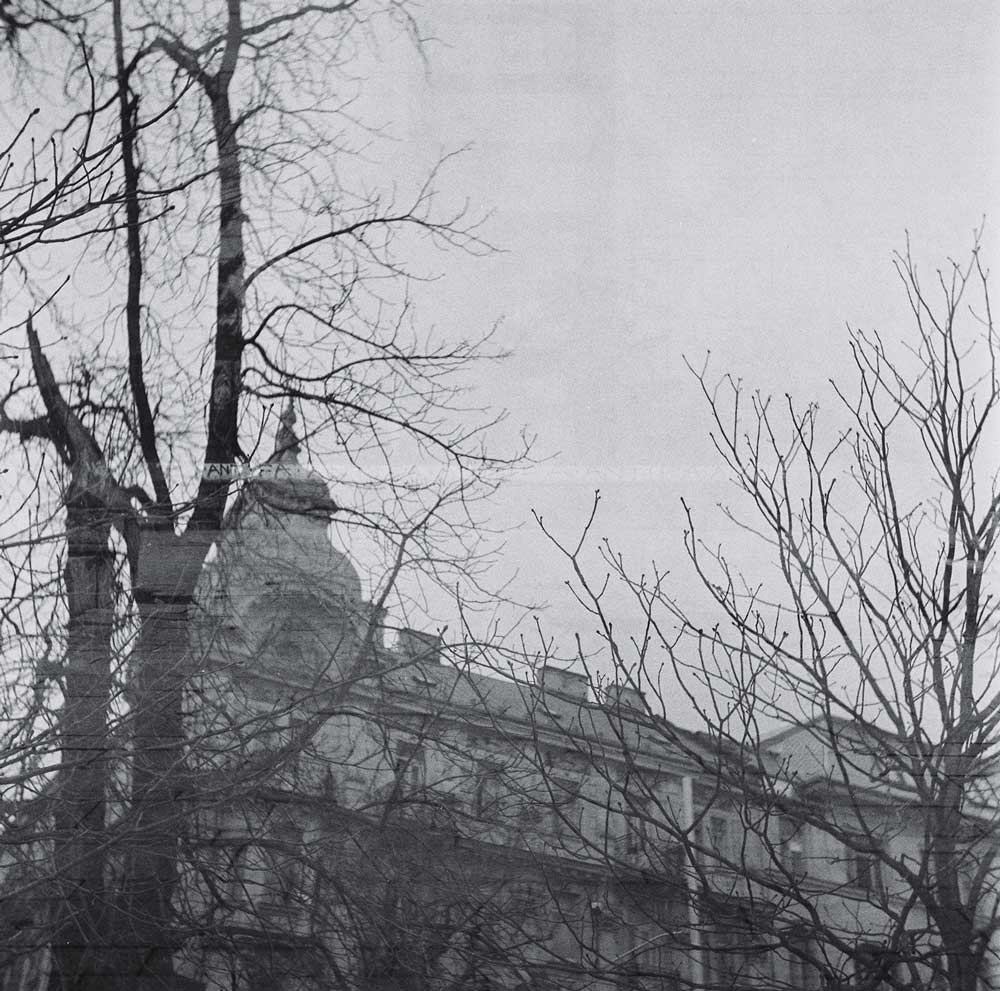
History
The camera is a medium format twin-lens reflex or TLR. The company introduced it to the public in 1958. It was part of the Yashica Mat series. There were also some other cameras with similar designs but different features.
Technical specifications
Yashica D has a fixed Yashior 80 mm lens and a maximum aperture of f/3.5. You can control the shutter speed from 1 to 1/500th of a second. If you want to use long exposure, that is also not a problem. It has a bulb mode. You can also use it with a flash.
You will need 120 mm roll film with 6×6 square negatives. Because they are longer than 35 mm film, your Yashica D photos will be images of better and higher quality.
You can easily position the viewfinder at the waist level. You can also adjust the manual focus and exposure.
In general, the construction of the camera is very robust. Durable metal and other high-quality materials construct the camera.
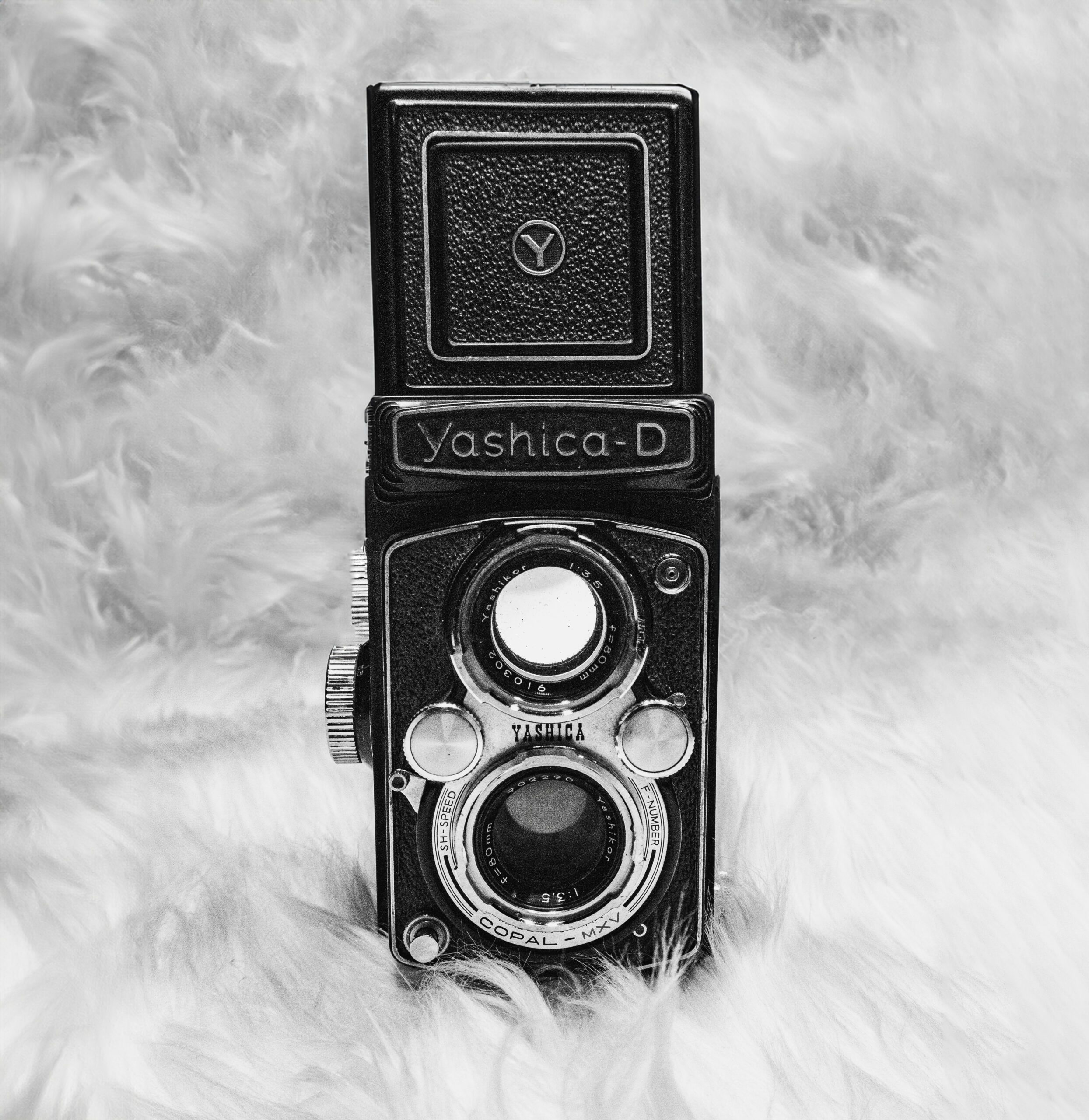
First impressions
My first steps using the camera started online. I needed to figure out how to use it properly. Since I hadn’t used a film camera for many years, I needed to re-learn how to insert the film roll again. After figuring out which button is for aperture, which is for shutter speed, and how to move forward to a new shot, you are prepared to go.

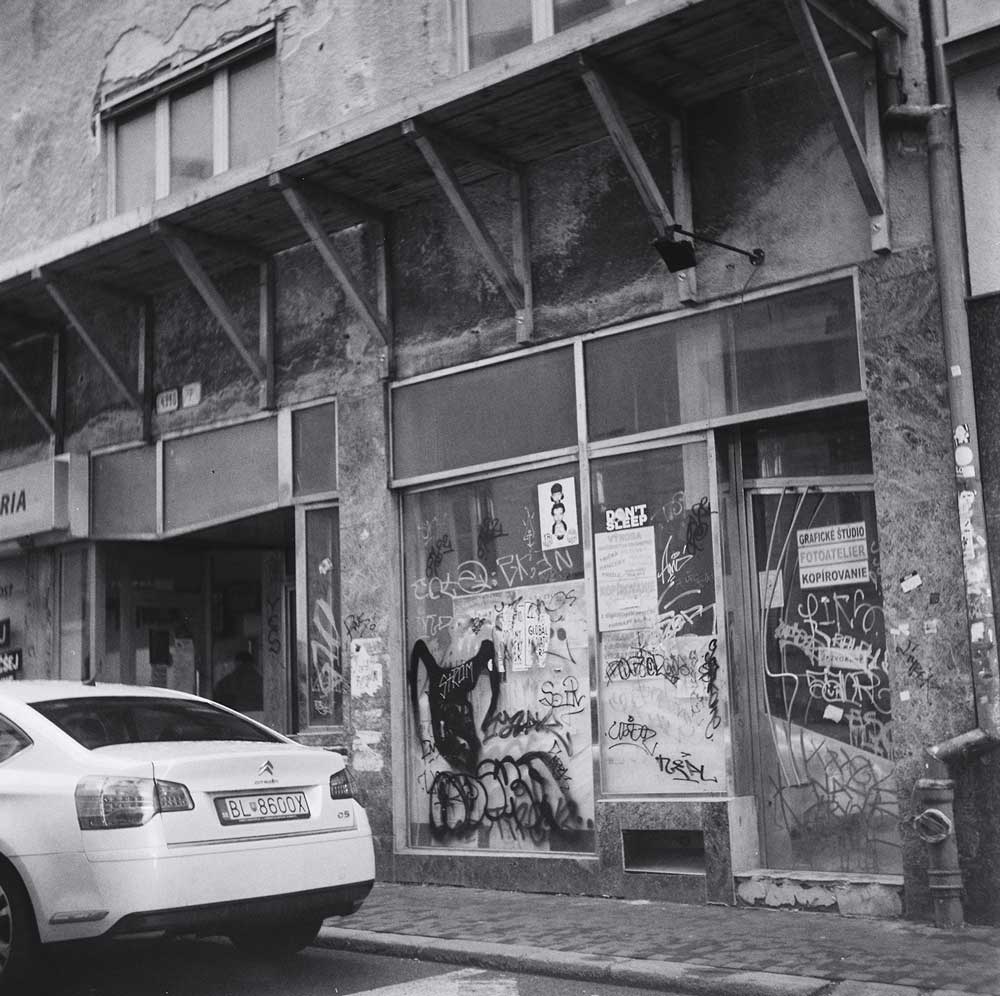
The experience of shooting
Most of the time, I had problems with the viewfinder. It has a mirrored image, and until today, I still can not keep the horizontal line properly. Sometimes, it feels quirky to manipulate it, especially on the streets.
When I compare it with modern cameras, it takes up more space in the backpack. Its robust body makes it heavier, but on the other hand, you aren’t going to forget about it. Or to load it with a film, unlike forgetting to insert a memory card.
Because of the bigger viewfinder, it resembles modern mirrorless cameras. With DSLRs, you have to narrow your eyes because of smaller viewfinders.
The great thing is that you don’t need a spare replacement battery or any battery in general. But the film roll can only produce approximately 12 photos. Then, you have to develop the film and digitalize it. It can get expensive very quickly.
And I nearly forget about the light meter app. Since you do not have the chance to test and see the photo, it is crucial to know the best parameters and settings before every shot. I use a Photo light and Exposure Meter developed by Pavel Bukhonov. Its premium subscription starts at 1.99 EUR for one month.
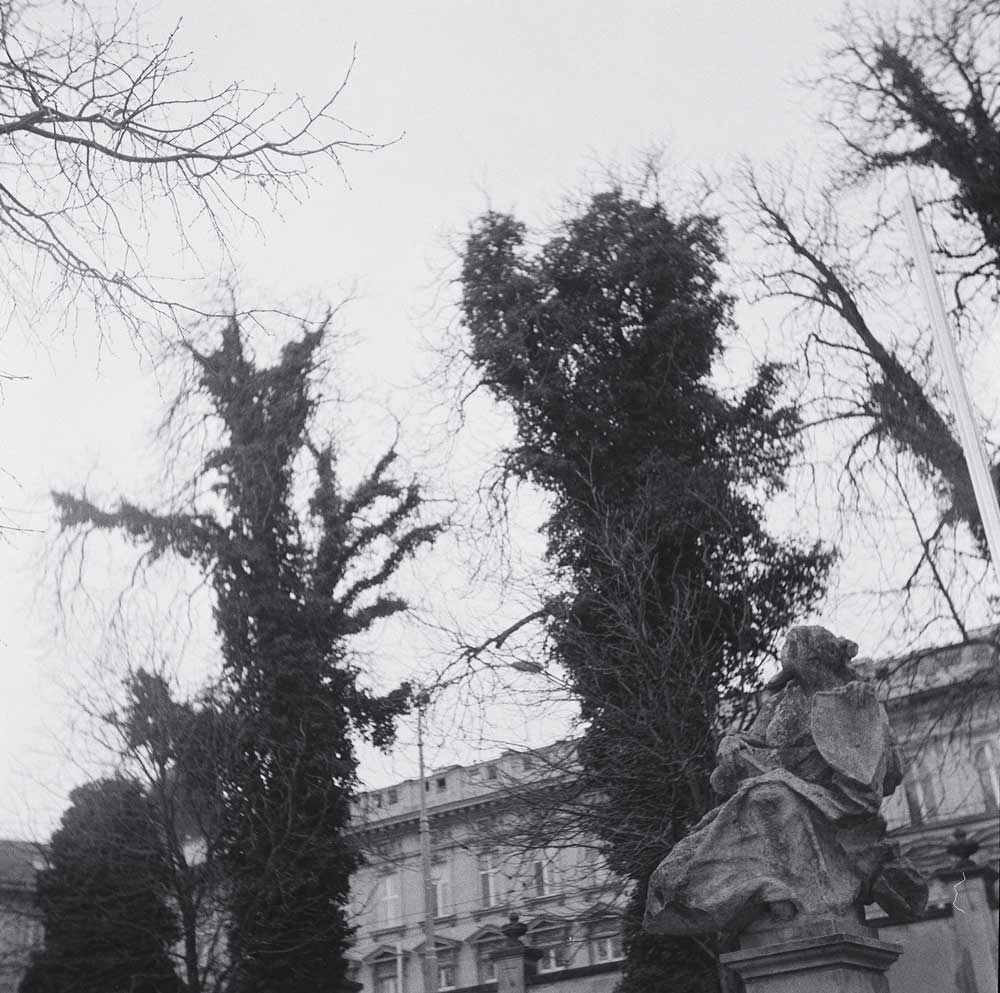
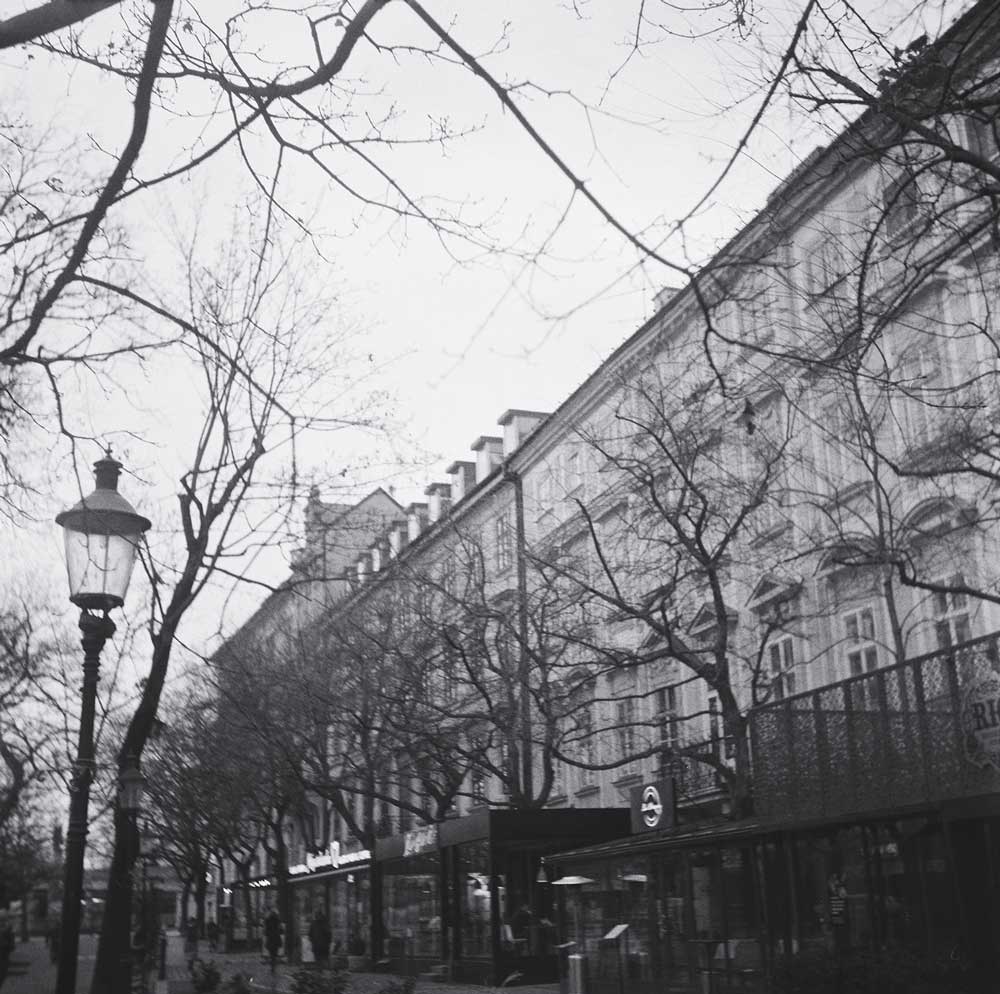
First photos
I decided to use black and white film for my first attempt. I shot Yashica D photos in Bratislava during one cold day. It was winter or the end of it but without snow. Many of them are shots of architecture. I think they depict the lines clearly, with only one image appearing blurry.
I wasn’t satisfied with the black and white tones, so I modified the curves to enhance the contrast. The ornamental details on buildings are my favorite parts, even in the original black and white form.
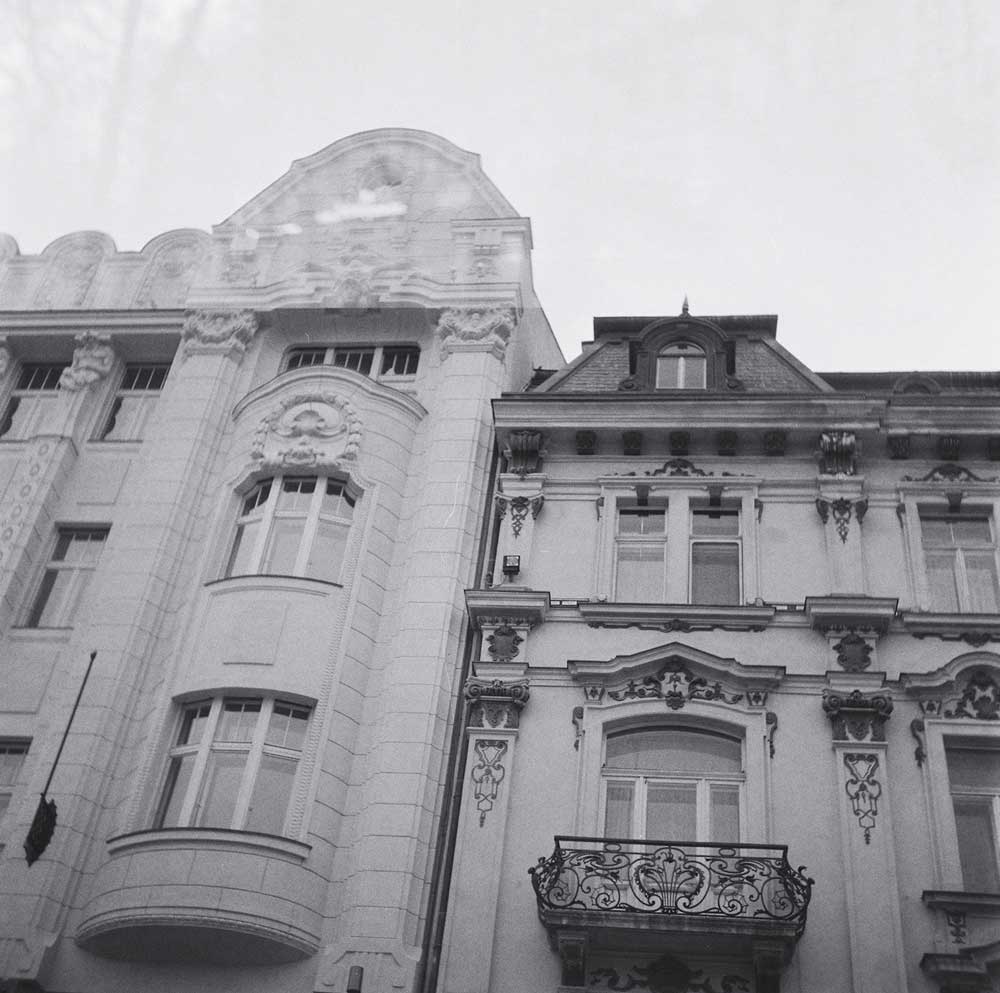

Tips for new users
Study the manual before shooting. Or watch a video. Then, practice loading the film. Also, be aware of the process and steps to follow before and after every shot.
When selecting the film, start with ISO 100 or ISO 400. Popular Kodak Porta 400 or Ilford HP5 Plus can be a get-go. Then, try to experiment with different apertures. When shooting outside, choose faster shutter speeds (over 1/250). When indoors, go for slower speeds (below 1/125). I remember using a speed of 1/500 on that winter day when it was sunny outside.
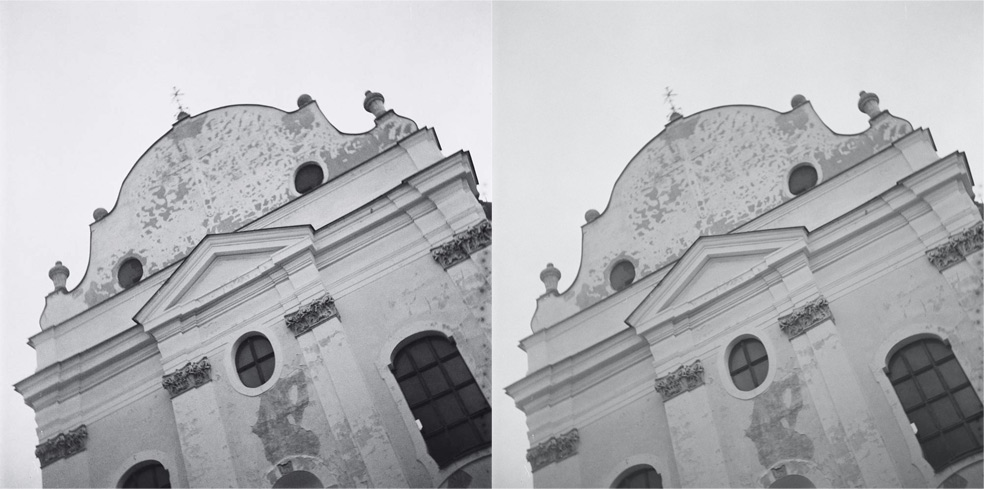
Conclusion
Using the Yashica D photos and camera can bring a type of nostalgia. And give a timeless touch to your images. It’s a great way to enhance your photography skills, delve into various films, and cultivate patience and discipline in your shooting practice.
If you’re craving more photography insights, be sure to check out my other articles, including tips on packing your camera without a camera bag, to enhance your shooting experience.
And if you’re into vintage film looks with a modern twist, don’t miss my review of Dazz Cam App —perfect for achieving that retro vibe straight from your phone.